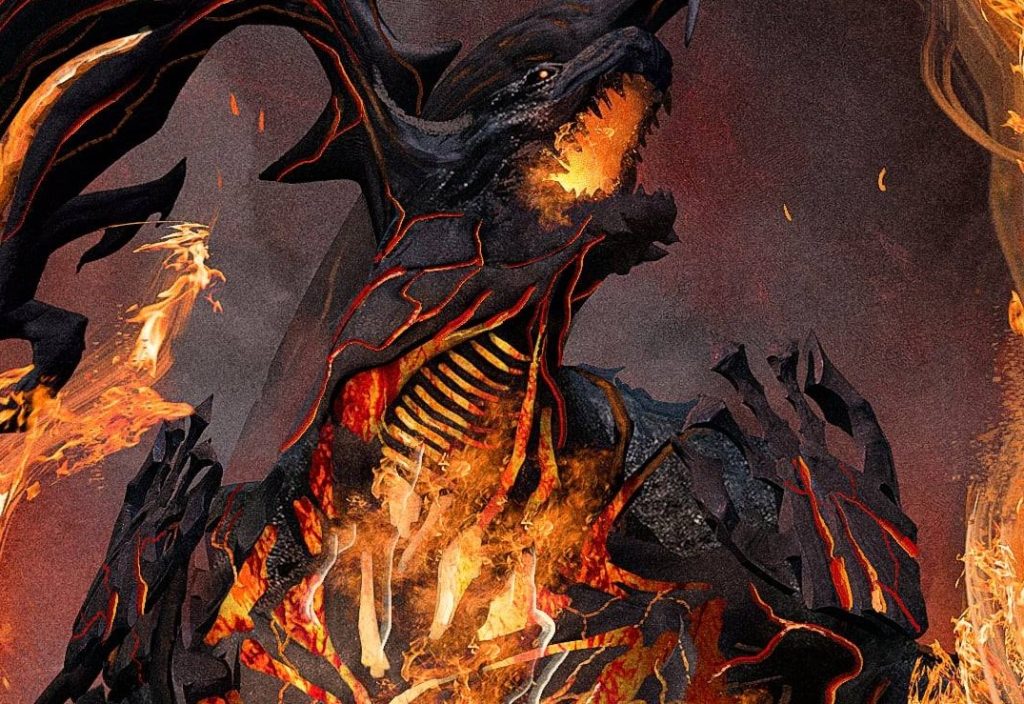
Sagas have always been a unique part of Magic design—cards that tell a story over several turns while shaping the battlefield one chapter at a time. The latest batch brings new twists to the formula, offering delayed but powerful effects that unfold with purpose.
As Standard leans more into tempo swings and value-driven plays, these new Sagas raise a key question: can a slow-developing card compete in a fast-moving format, particularly the current Standard metagame? With their blend of board impact and long-term payoff, the answer might be yes.
The new wave of Saga cards from the Final Fantasy collaboration set brings a fresh layer of strategy to the Standard format. Unlike traditional spells that resolve instantly, Sagas unfold over multiple turns, offering a mix of setup, value, and payoff. This pacing allows players to plan around each chapter, creating windows of opportunity or pressure that opponents must respect. The latest designs push this even further, blending creature transformation, board control, and card advantage into a single, slow-burning package that can tilt the tempo of a match.

What makes these Sagas especially promising is how well they fit into midrange and tempo-based strategies. Their delayed effects can either stall the board or set up a big swing a few turns down the line. Some create tokens, others provide removal or disruption, and many end by transforming into threats. That versatility makes them flexible sideboard tools or strong main deck inclusions in decks that want to play a long game. They don’t always win quickly, but they build steady pressure that adds up fast, especially in a format that rewards incremental advantage.
Of course, timing is everything. Playing a Saga at the wrong moment can feel like a wasted turn, especially against fast aggro or counter-heavy control. But in the right shell, they shine—rewarding thoughtful sequencing and giving decks another axis of play. As the Standard meta continues to evolve, the newest Sagas are likely to find a home in builds that value layered threats and strategic depth over raw speed.
Thanks for reading and until the next blog post.
